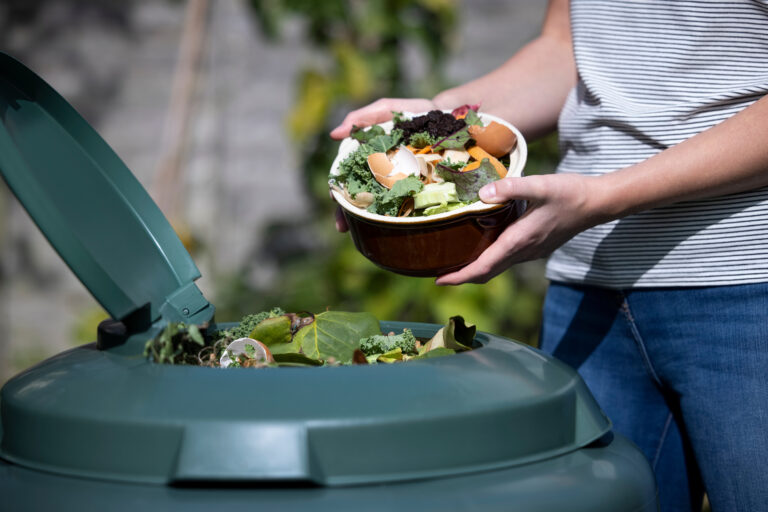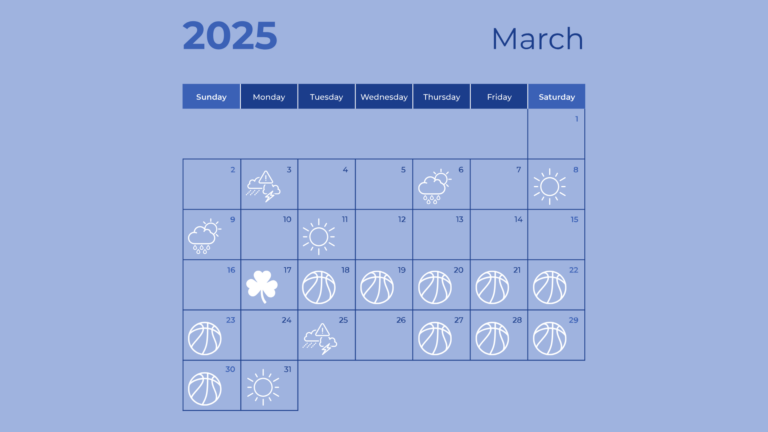7 Restaurant Must-Do’s from the Server’s Perspective
It takes so many people to bring a restaurant to life. From the hostess to bartender to manager to chef, each teammate plays an important role in the guest’s’ experience. Out of everyone with a role in this, servers are the ones who see the most of the customer’s journey and in fact navigate it with them. They’re with the guest for every step of their dining experience. When something goes wrong, servers are the first to know and must act as an advocate on the guest’s behalf. They’re the ones who will take the blame if the problem isn’t remedied. In this way, servers are intrinsically tied to the guest experience.
For the past year, I’ve been working at a classic American steakhouse. It’s a large restaurant, capable of handling over 600 covers in a day. We can do this because we have such a large team. On any given day, we have a handful of backwaiters and food runners, a few bartenders, at least two or three managers on the floor, and up to fifteen servers. The extra staff allows us servers, like myself, to spend more time with our tables, making sure they’re enjoying their meals, acting as a and being the point of contact between them and the entire staff.
This means that when things start to go wrong, servers see it first. We’re the ones who understand which inefficiencies affect the guest the most. Good managers know this, and they stay tuned in to what servers are saying. I’ve seen managers or corporate offices attempt to make changes without considering the servers, which can actually hinder the guest experience.
The guest experience is the reason we’re here. Thousands of paths lead us to restaurants, but the goal is the same. We win when the customer wins. As servers, we see those wins up close and personal every night. We also see the losses, and we know where they come from.
So without further ado, here are the top ten things restaurants should be doing:
1. Macromanage
We’ve all dealt with a micromanager, who reminds you of every tiny mistake you make. When this happens on the floor it leads to frustrated staff members, which guests can pick up on. It also leads to lots of time being spent correcting little mistakes that may not affect the guest experience, instead of focusing on the big picture.
For example, I once worked at a restaurant where the service standard was to place a fork and spoon on the table before dessert. One evening, due to a lack of time and a spoon shortage, I was only able to bring out forks for the table. After they started eating, I was approached by the floor manager asking me why there weren’t spoons on the table. I explained what had happened, and he told me that it was a standard of service and had me locate some spoons in the back and bring them out to the table. The guests were confused and disturbed by me approaching the table mid-cheesecake to offer spoons when they were clearly satisfied with forks.
So when I talk about macromanaging, I don’t mean abandon the details that convey your restaurant concept. I mean correct the problem from the source, not from the individual situation. Restock spoons, don’t bother the table that’s in the middle of eating. Make sure the mise-en-place is correct at the tables that aren’t sat, instead of resetting tables with guests. Ultimately, know that small mistakes are inevitable, and their solutions lie in larger problems.
2. Be fully stocked every night
This is a really hard one for restaurants to be consistent about, but it should always be a priority. I can’t count how many times someone has sat down, excited to order their favorite meal, only to be heartbroken to learn that we had sold out of it that night. When it comes to creating a meaningful dining experience, the food is the make-or-break star of the show. When you 86 items, and you can’t provide guests with what they ask for, their perspective on the entire experience will be tainted with disappointment.
Part of the reason I started working with ClearCOGS is because they can help kitchens stay fully stocked on ingredients and menu items without wasting money. Our goal is to help ensure that restaurants always have the exact amount of food/prepped ingredients on hand at the exact time they need it. Using smart technology, and historical POS data to provide recommendations on when, what, and how much to prep. This eliminates guesswork which might lead to 86’d items or over ordering.
3. Manager check-ins with every table
Having managers touch tables throughout the shift does two things for service that evening. First, it allows managers an opportunity to see how everyone is doing. It brings them into the conversation, allowing the customer to say things (either positive or negative) that they wouldn’t say directly to the server. The manager then has a stronger pulse on the going-ons that shift.
The second thing a manager check-in does is makes the guest feel special. I’ve seen tables light up when a manager comes over to wish them happy birthday, or check in about allergies. It makes them feel seen, whether it’s a special occasion or a regular day. If your restaurant is on the casual side, it may feel a little awkward having managers chat with the table, however it might be worth trying to connect directly with the guests.
4. Embrace Mistakes
It’s impossible to get everything perfectly right, no matter what your job is. It’s even harder when you’ve just been double sat, the kitchen is backed up, and your table has a concert to get to in an hour and a half. On nights like this, mistakes will happen. How you respond to them is what makes the difference. If your restaurant is managed by shaming mistakes, it encourages an environment where servers are disincentivized to correct problems as they come up. Instead, they will try to hide them from both management and guests. Guests know when things are going wrong, and if the FOH team acts like there’s no problem, they will just get angry and be more likely to leave a bad review.
However, if your team is prepared with solutions to the many things that can go wrong throughout service, the guests will pick up on that. First, the server should be encouraged to approach the table at the point when the problem is clearly interfering with the guest experience, ready to apologize on behalf of the establishment. While many servers can shy away when things go wrong, owning up to the mistake is appreciated by the guest. When the server approaches the table, they should also let the guest know what is being done to actively remedy the situation. A good example of this might be:
“Ladies and gentlemen, I know you’ve been waiting a while for your entrees, I’m sorry that they’ve taken so long to come out. There was a back up in the kitchen, but I’ve spoken to the chef and it should only be a few more minutes before your food is here. Is there anything I can get you in the meantime?”
This response makes the guest feel seen and valued. Ultimately responses like these will not only limit bad reviews, but increase good ones as well.
5. Manage from location
For single unit operations, this shouldn’t be too difficult. However, I’ve seen in many restaurant groups a tendency to manage locations from a disconnected corporate perspective. As a decision maker for a restaurant, it is so important that you spend time on the floor so you can truly see where the areas for improvement lie. If it’s too difficult to be there in person, then you should be referring to feedback from managers, servers, and other trustworthy staff members before making operational decisions.
In the case of having multiple locations with the same concept, you may want to prioritize the guest experience being the same at both locations. This can sometimes override the natural differences that locations and teams can bring to the table. It’s important to ensure that the decisions you make bring out the strengths of the individual locations without straying too far from the matching concept.
6. Create comfortable work environments
Toxic work environments have been all too common in the restaurant industry. Recently, however, there has been a push for higher workplace standards, and the effects are palpable in the restaurants that encourage them. Guests are able to get a read on their servers, and service can be badly impacted just by the server being in a bad mood. In my experience, my tip averages are lower on days when I’m tired, hungry, or stressed out for personal reasons. If the restaurant itself is stressing out the servers, tip averages and reviews across the board will be negatively impacted.
It can be hard to control something like environment, when so much of it is based on the people there. Ensure that you’re hiring people with positive attitudes (especially in management roles) who can keep morale up even on busy nights. In addition, make sure that there are avenues for people of all levels to report behaviors that make them uncomfortable, and as a company vocalize that you do not stand for intolerance of any sort.
7. Encourage communication between Front of House and Back of House
Healthy and non-disruptive communication between the kitchen and the floor is so important in any restaurant. This communication is what makes the restaurant move, but if it’s not systemized, it can impede service. When servers continuously harang the kitchen with requests, it can be distracting and slow down the flow of service for the whole restaurant. On the other side, if your BOH staff responds to FOH with a hostile attitude, it can scare your servers away from proper communication.
If you’ve noticed communication problems between FOH and BOH at your restaurant, you can try the following two solutions. First, have all communication go through a manager or expo. This way requests from FOH aren’t getting lost in the chaos of the kitchen, and the cooks can focus on their tasks. Second, start preshifts by explaining the type of requests that are appropriate to make, and when to make them. For example, if a guest requests a big modification when the kitchen is already backed up, consider preemptively telling the server the kitchen won’t be able to accommodate it.








